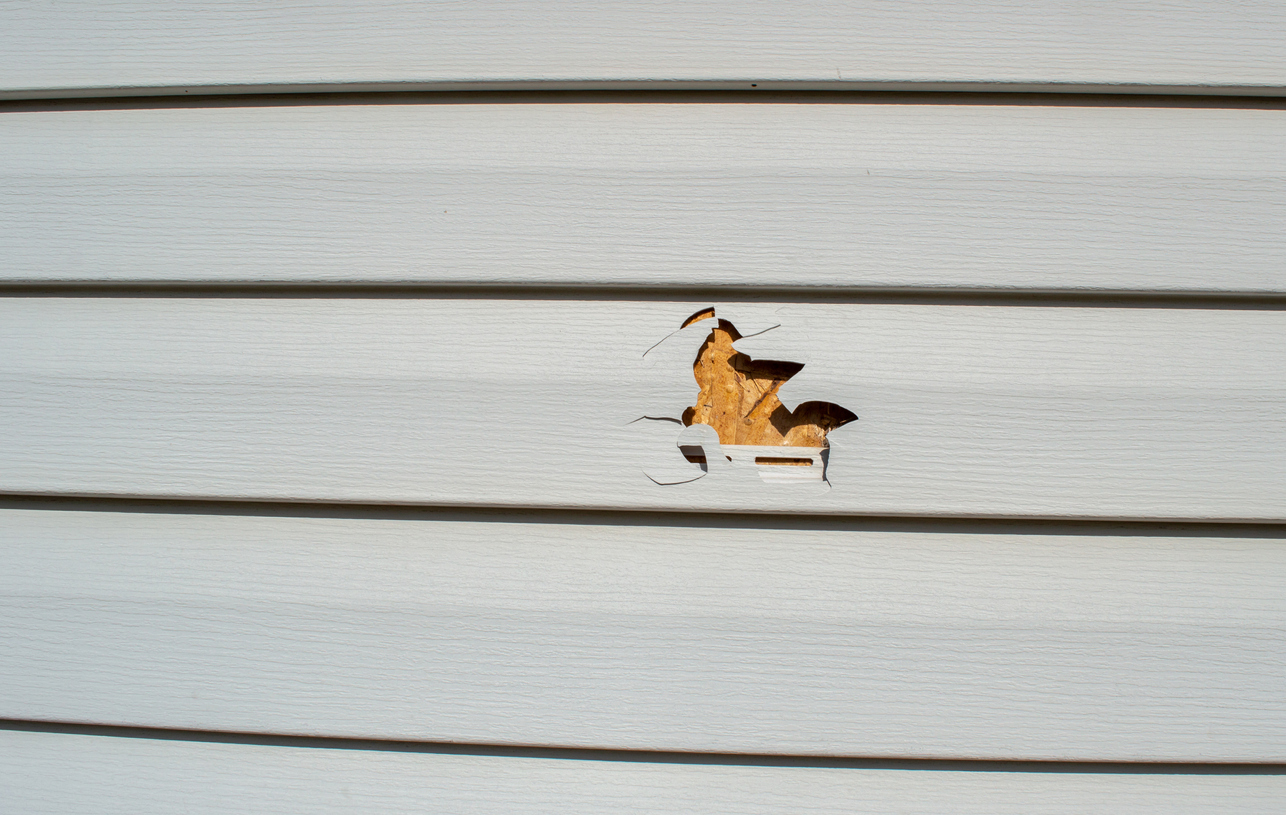The exterior siding of a home serves as the first line of defense against the elements while also contributing to its aesthetic appeal. Over time, various factors can lead to wear and tear on siding, potentially compromising its functionality and visual appeal.
Being able to recognize the signs of siding damage is crucial for homeowners, as it allows for timely intervention to prevent further issues. Let’s explore the common signs of siding damage and when it’s appropriate to consider siding replacement.
Signs of Siding Damage
1. Cracks and Holes
Visible cracks, splits, or holes in the siding are clear indicators of damage. These openings not only compromise the structural integrity of the siding but also allow moisture, pests, and other unwanted elements to penetrate the home.
2. Warping or Buckling
Warping or buckling of siding panels can occur due to prolonged exposure to moisture, extreme temperatures, or improper installation. This can create an unattractive appearance and may be a sign of underlying issues such as water damage or rot.
3. Fading or Discoloration
Siding that has faded or developed significant discoloration over time not only diminishes the curb appeal of a home but may also indicate sun damage or weathering that has compromised the protective properties of the material.
4. Mold and Mildew Growth
The presence of algae, mildew, or mold on siding surfaces is a cause for concern, as it often indicates excessive moisture retention, poor ventilation, or drainage issues. Left unaddressed, these growths can lead to further deterioration and potential health hazards.
5. Peeling Paint or Wallpaper Inside
Internally, peeling paint or wallpaper near exterior walls can be a direct result of water infiltration through damaged siding. It’s important to investigate and address this issue promptly to prevent more extensive water damage.
When to Consider Replacement
1. Extensive Damage
Suppose the siding exhibits widespread damage, including multiple cracks, warping, or significant discoloration. In that case, it may be more cost-effective and practical to consider a full replacement rather than attempting individual repairs.
2. Persistent Moisture Issues
Siding that consistently retains moisture due to damage or poor drainage can lead to mold growth, wood rot, and structural damage. In such cases, replacing the siding with a moisture-resistant material is crucial to prevent further issues.
3. Visible Deterioration
When the overall appearance of the siding has visibly deteriorated, impacting the home’s curb appeal and potentially its value, considering a replacement can revitalize the exterior aesthetics and protect the property’s integrity.
4. Energy Inefficiency
Old or damaged siding can contribute to energy inefficiency by allowing drafts and temperature transfer. Upgrading to newer, more insulated siding materials can improve the home’s energy efficiency and reduce utility costs.
Contact Us For Siding Installations in Norwalk
When it comes to ensuring your siding lasts and is safe for your family, you need to hire the best contractor possible. The experts at JM Roofing and Siding are licensed and insured to serve you in Norwalk, Connecticut, and the surrounding areas. Contact us today for a free estimate!

